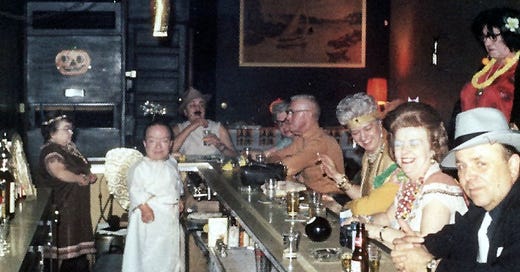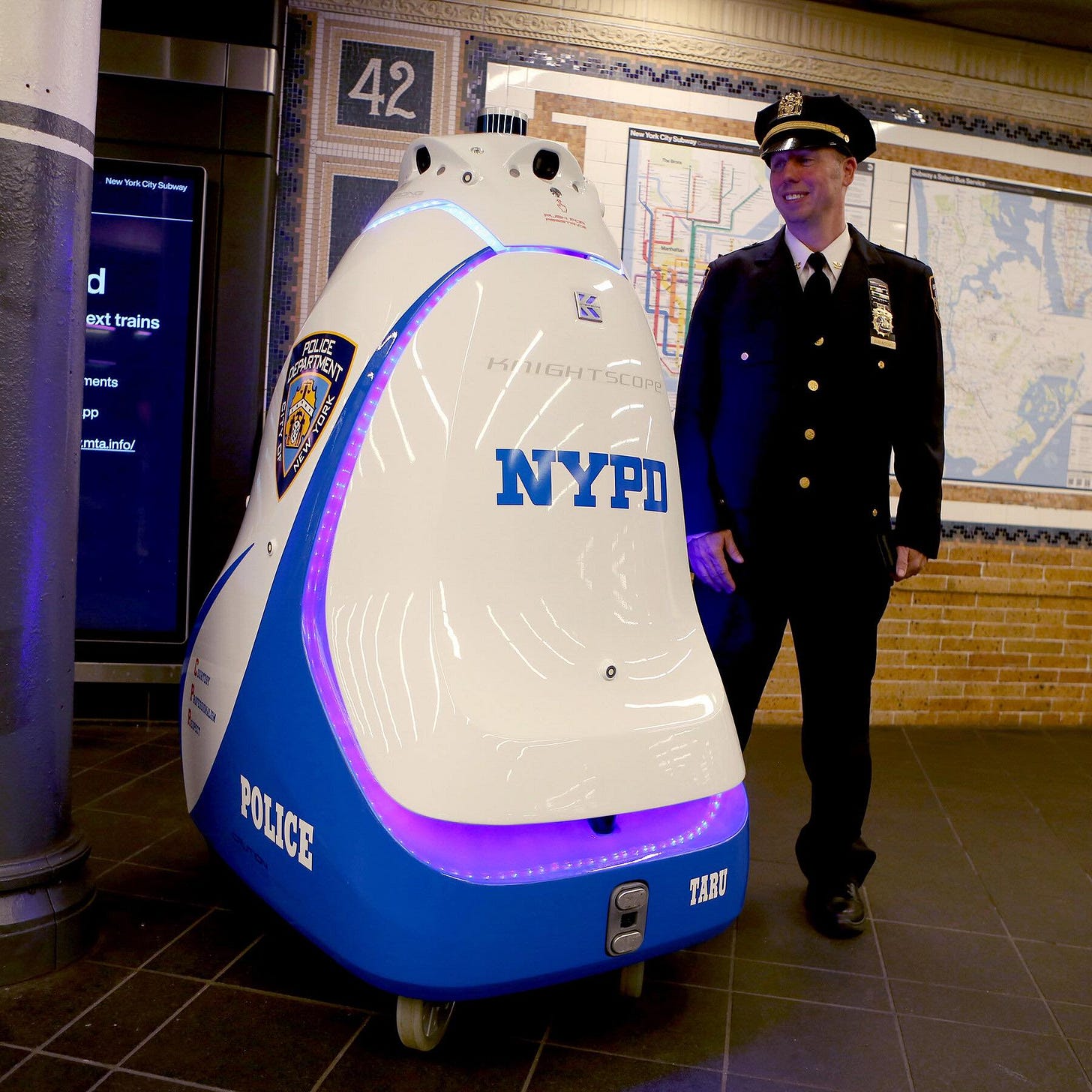You all know I love throwback billboards, big movie screens, and anything that shoves great entertainment in our faces. From 1948 to 1982, there was a wonderful little cocktail lounge on Chicago’s Southside called The Midget Club. That was the name, no kidding. It was owned by two little people with entertainment backgrounds.
During the late ’60s, my grandfather owned the Charles Continental House restaurant/nightclub, so we witnessed the buzz of activity around the small storefront of The Midget Club when we drove by. The place was owned by Parnell St. Aubin. Parnell’s performance career included being one of the Munchkin soldiers in “The Wizard of Oz.” He was all of 3-foot-7 tall, and in 1948, he married Mary Ellen Burbach, whom he met when she worked as one of Santa’s elves at a downtown Chicago department store. She was 3-foot-8. Mary Ellen was a dancer who appeared in the 1946 film “Three Wise Fools” and toured with vaudeville troupes such as “Rose’s Parisian Midget Follies.”
Separately, both were part of the cast of Midget City at the 1933-’34 Chicago World’s Fair, “a colony of Lilliputians, living in miniature houses, furnished with tiny furniture.” Admission to the show was 25 cents.
When they decided to open a bar shortly after getting married, Mary Ellen said it was “created to fit our size. It was custom-built. Pint-size, so we could both easily maneuver around, tend bar, and serve customers.” They welcomed patrons of all sizes, of course. “If I depended on the midget trade,” Parnell said, “I’d starve.”
As things turned out, the bar was quite popular among everyday shorter women.
A local newspaper, the Chicago Reader, recalled: “The club was built for people of small stature: the stools were miniature, and the pay phone was installed just feet above the floor. St. Aubin, who was 3-foot-7, would climb up on a stool to reach the cash register. A large mural of Munchkins marching along the yellow brick road was painted behind the bar.”
Chicagoan Richard Reeder was 16 when he first visited the bar, delivering supplies for his uncle’s company in 1962. “It blew my mind,” he said. “I remember photos of St. Aubin with Judy Garland and Ray Bolger. It was just so out of context and, like Oz, a place of wonder and fantasy.”
By most impressions, The Midget Club was popular because of the St. Albans. They would bring around trays of free appetizers and enjoy mingling with patrons. They regularly hosted parties for big events such as New Year’s Eve and the Fourth of July. Halloween parties at the bar were always a scene, helping the bar to attract regular media attention. My friend Patty, who grew up near me, went to The Midget Club once on St. Paddy’s Day. “Nobody told me it was a midget bar, and they were all dressed up like leprechauns. It was great.”
Shortly after closing the bar, the building was among those demolished to make room for a Chicago Public Library. Parnell passed away in late 1987, but Mary Ellen lived to be 101, dying in 2021 and being the oldest living little person on record. For such small stature, they lived large lives. The St. Aubins appeared for years at an annual Wizard of Oz Festival in Chesterton, Indiana, a tradition Mary Ellen continued until the event ended in 2012.
But imagine if The Midget Club was still operating today and the owners wanted to advertise on a nearby billboard. Would they be able to run copy that said, “The Midget Club,” or would it be kicked back for something more politically safe, such as “Shorty’s” or “The Little People Bar?” Can we print the word midget these days in advertisements? As Parnell said, they welcomed patrons of all sizes. They were describing themselves, the owners, and not the clientele.
A Few More Things…
• My favorite static billboard in Chicago is finally receiving the attention it deserves. It’s off Western Avenue near Diversey on the North Side atop a rooftop structure that faces three busy intersecting streets. The board is incredible when lit up at night. I bought that board every year when it was available because it was in proximity to Wrigley Field. We were co-promoting Geico with Major League Baseball one summer, running copy in cities that had billboards near ballparks. And now it shows up on Outfront’s LinkedIn page using what looks like an awesome drone shot. This is what we call “billboard love.”
• This story about The Midget Club is a roundabout way of saying that when I hang up my OOH media cleats, I’m gonna open a bar. I think I’ll call it The Billboard Bar. NYC had The Telephone Bar on 2nd Avenue, lower East Side. We used to go there often. Why not a bar devoted to billboards? Getting art and decorating the joint would be a blast. The bar slogan would be something like, “They dedicated a bar to phone booths, why not billboards?” So many possibilities, right? Who’s with me here?
• At InfoComm last June in muggy Orlando, we followed and photographed a security robot roaming the halls of the Orlando Convention Center lobby. Last week, a droid appeared in New York City working for the NYPD to patrol subway stations. The robot’s name is K5.
“It will record video that can be viewed in case of an emergency or a crime,” Mayor Eric Adams explained. “It will not record audio, and it will not use facial recognition. However, the K5 does have a button that connects you immediately to a live person that New Yorkers can utilize 24/7 with questions, concerns or to report an incident if needed.”
I suggested to some friends that K5 would be a great robot wrap, like a car wrap, with a big brand such as Bud Light or HBO. Are you listening, Van Wagner?
Nick Coston has been in the advertising industry for over 35 years. He’s worked at newspapers, magazines, OOH/DOOH companies, programmatic platforms, and ground-breaking ad tech companies, including Washingtonian, Washington Times, New Republic, USA Today Weekend, Clear Channel Outdoor, The Neuron and Hypercell. Currently SVP media sales/strategy at Smartify Media, Nick also spent 10 years buying OOH for a top 10 national advertiser. He resides with his family in Dayton, Maryland, and has been musing about the Outdoor Media industry for over five years.









